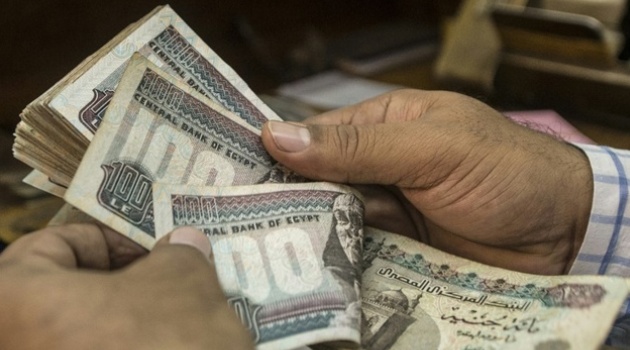NAIROBI, Kenya, Apr 27 – Food security for about 100 million people and income to millions of farmers in the Great Lakes region of East and Central Africa is facing a great threat from the deadly Banana Xanthomonas Wilt (BXW) disease, according to a new study.
The study, which was published in the May issue of the Plant Disease Journal indicates that BXW, a bacterial disease, was first reported in Uganda in 2001. It has since been reported in Kenya, DR Congo, Rwanda, Tanzania, and Burundi, which together constitute the largest banana-producing and consuming region in Sub-Saharan Africa.
“BXW attacks all banana varieties resulting in absolute crop loss in some cases. Its impacts are both extreme and rapid,” said Dr Leena Tripathi, the study\’s corresponding author and a scientist at the International Institute of Tropical Agriculture (IITA).
The disease causes yellowing and wilting of the leaves, uneven and premature ripening of the fruits and eventually, the plants rot to their death as the deadly BXW bacteria overwhelms them.
Uganda, the only country that has analysed the economic impact of BXW, estimates an overall economic loss of between $2 billion to $8 billion in the last 10 years of the disease.
Between 2001 and 2007, BXW spread from central parts of that country where bananas are grown for subsistence, into more than 35 districts in areas of intensive banana production. In some parts, the disease attacked 60 percent of the bananas grown.
Scientists further estimate a production loss of about 53 percent in cooking bananas in the next 10 years in the country, if the disease is left unchecked.
BXW is spread by insects, wind-driven rainfall, infected planting materials and contaminated planting tools.
The disease can be contained through improved agricultural practices – planting clean materials, disinfecting farm tools and early removal of male flowers. However, once a field is infected, all banana plants should be uprooted and buried and the land left fallow or have different crops planted on it for six months.
Awareness campaigns, advocacy and support from policy makers and the donor community are critical to help mitigate its impact on affected farmers and their households, the study showed.
A task force set up by the Ugandan government in 2001 in response to the outbreak of the disease reduced the disease incidence to less than 10 percent, in areas where farmers adopted these measures. However, the implementation is not sustainable due to the high costs.
Development of disease resistant varieties is another cost-effective and sustainable way to manage the disease. However, traditional breeding methods are less profitable as they take longer to achieve usable output.
According to the study, genetic modification offers a low-cost and timely solution to the farmers, who are reluctant to use labour-intensive control measures.
Researchers form IITA in partnership with NARO-Uganda, African Agricultural Technology Foundation (AATF) and Academia Sinica, an academic research institution in Taiwan, are working on improving the resistance of the local farmers’ preferred banana varieties to BXW attack, by introducing disease resistant genes derived from sweet pepper.
Testing the resistance of these improved bananas under laboratory conditions is underway.























